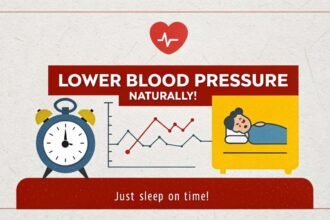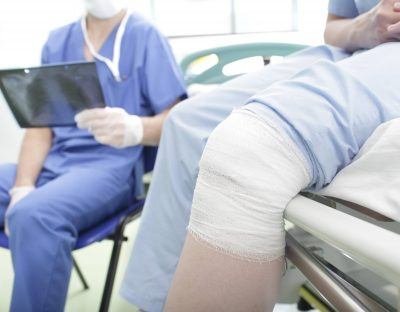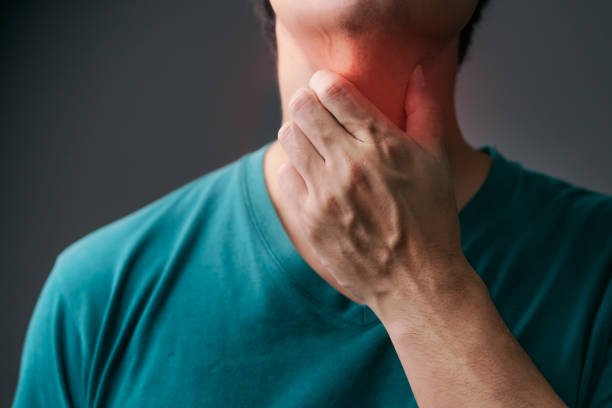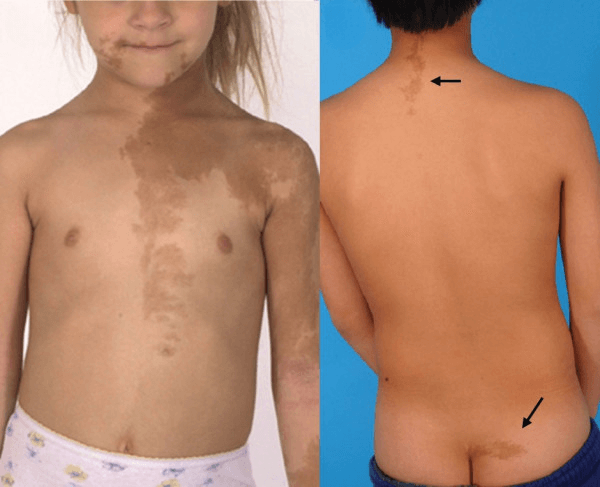When the skin and other soft tissues are torn away from the underlying bones and tendons, this is called a degloving injury, and it is a type of traumatic injury. Injuries of this nature are typically the result of a traumatic event, such as a car crash or workplace mishap. When the skin and subcutaneous tissue are separated, the underlying bone and tendon become visible. The extent of the injury can vary from superficial to severe, and it may occur in conjunction with other injuries such as fractures or dislocations.
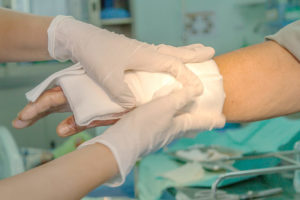
As a result of the severe nature of the injuries they cause (scarring, disfigurement, nerve damage, joint stiffness, chronic pain, and limitations in mobility and functionality), degloving injuries are classified as serious wounds. Healing time for these wounds can be weeks to months, and they usually necessitate surgical intervention to repair the torn skin and soft tissue.
Type of Types of Degloving Injury?
Degloving injuries can range from mild to severe, and are categorized by the structures they affect. For example, the following are the most common causes of degloving injuries:
- Partial degloving: Injuries of this type cause partial separation of the skin and soft tissue from the underlying structures. There is still some connection between the underlying structures and the skin and soft tissue.
- Full-thickness degloving: Injuries of this nature result in total detachment of skin and subcutaneous tissue from underlying structures. There is a complete separation of the skin and subcutaneous tissue, revealing the underlying structures.
- Compound degloving: An open fracture and a degloving injury are both components of this type of trauma. The separation of skin and soft tissue from the bone makes this type of injury exceptionally severe.
- Subcutaneous degloving: The skin and soft tissues are torn away from the underlying structures, but the underlying muscles and bones are unharmed in this type of injury.
- Superficial degloving: While the muscles and bones beneath the skin are unharmed, this type of injury does result in their separation.
Degloving Injury Symptoms
Any injury in which the skin and underlying tissue are peeled away from the underlying bone, muscle, and tendon is known as a degloving injury. Traumatic events, like car accidents or severe burns, are common causes of this kind of injury.
Symptoms of a degloving injury include:
- Extreme discomfort and localised swelling
- Decreased or absent sensation in the affected area
- muscles, tendons, and bones that aren’t covered
- Suffering from external bleeding
- skin discoloration and bruising
- Discomfort in the range of motion of the affected limb or joint
- Sensations of numbness or tingling in the affected region
Seek immediate medical attention if you or someone you know suffers what might be a degloving injury. Degloving injuries are treated surgically to clean and close the wound, and then followed up with physical therapy to regain mobility and strength in the limb or joint.
Extreme care must be taken when dealing with a degloving injury. Get medical help right away if you’ve been through a traumatic experience and show any of the above symptoms; doing so could save your life by preventing further damage or infection.
How is a degloving injury diagnosed?
Examining the injured area with one’s bare hands is the first step in determining the severity of a degloving injury. The doctor will check for signs of skin and soft tissue separation and any other injuries that may have resulted from the traumatic event. The doctor may also order imaging tests like X-rays or an MRI to determine the full extent of the damage.
The doctor may conduct a neurological examination in addition to the physical and imaging tests. Examining the nerves in the affected area allows doctors to determine how well they’re functioning and whether or not they’ve been damaged. Degloving injuries can cause nerve damage, and it’s crucial to diagnose and treat this problem as soon as possible to avoid secondary issues.
It is crucial to rule out the possibility of other injuries, such as fractures, dislocations, and soft tissue tears. If the doctor discovers any evidence of these wounds, he or she will treat them as necessary.
Because of the complexity of degloving injuries, accurate diagnosis can be challenging. However, doctors can accurately diagnose these injuries and start the appropriate treatment as soon as possible by performing a thorough physical examination, imaging tests, and a neurological examination.
In most cases, surgical intervention is required to repair the skin and soft tissue that have been damaged due to a degloving injury. Restoring function to the injured area may necessitate surgical procedures like skin grafting or tissue reconstruction, followed by physical therapy.
Finally, degloving injuries are extremely serious and should be evaluated and treated immediately. Degloving injuries can be diagnosed by performing a series of tests including a physical examination, imaging studies, and a neurological evaluation to determine the severity of the injury and rule out secondary trauma. To administer the right treatment and avoid any further complications, a correct diagnosis is essential.
Recover Time of Degloving Injury
A degloving injury’s recovery time can be affected by the severity of the injury and the patient’s general health. It may take longer to recover from an injury or illness if the injury was particularly severe or if the patient had other health issues.
Most cases of skin and soft tissue damage require surgical intervention. The average hospital stay for a patient recovering from surgery is multiple days. The severity of the injury and the patient’s overall condition will determine how long they will need to stay in the hospital. The patient will need to participate in physical therapy after being released from the hospital in order to regain mobility and function in the affected area.
Healing and getting back to normal can take a while, sometimes months. Regaining full function in the injured area may take a few months, depending on the severity of the injury. The patient must adhere to a rigorous schedule of physical therapy sessions and check-ups with the doctor during this time.
Remember that healing from a degloving injury can take a long time and be very challenging. The extent of one’s recuperation will be different for each person, depending on the nature of their injury and their general health. For the best possible outcome, it is essential to have a solid support system and to collaborate closely with medical professionals throughout the recovery process.
Long-Term Effects of a Degloving Injury?
Depending on the severity of the injury and the person’s general health, the long-term effects of a degloving injury can be different for each person. Among the possible long-term consequences are:
- Scarring and disfigurement: A degloving injury causes extensive damage to the skin and underlying soft tissue, which can leave the affected area scarred and disfigured. Injuries to the face or other highly visible areas can make this particularly challenging.
- Nerve damage: Numbness, tingling, and weakness can result from nerve damage brought on by a degloving injury. A patient’s ability to feel or move their limb may be permanently impaired if the nerve damage is severe enough.
- Joint stiffness: Damage to the area can cause it to stiffen and become inflexible, making it difficult for the patient to move or use the limb.
- Chronic pain: The injury may cause the patient ongoing discomfort in the affected area.
- Psychological effects: Depression and anxiety about the patient’s physical appearance and functional limitations are possible psychological effects of the injury.
- Limitations in movement and functionality: The patient’s mobility and ability to perform daily tasks and activities may be impaired due to the location and severity of the injury.
Common FAQ’s
Q: Can degloving injuries occur to any part of the body?
A: Degloving injuries are most common on the limbs, especially the hands, fingers, and feet, though they can happen anywhere.
Q: Is it possible to deglove multiple body parts?
A: One can indeed suffer multiple deglovings from a single traumatic event. Severe accidents like car wrecks or workplace disasters can cause this.
Q: Are there any risk factors that can increase the likelihood of a degloving injury?
A: Working in a high-risk profession, engaging in high-risk activities, or having a preexisting medical condition that affects the skin or blood vessels are all factors that can increase the likelihood of a degloving injury.
Q: Is rehabilitation important after a degloving injury?
A: Regaining mobility, strength, and function in an amputated limb through rehabilitation is crucial after suffering a degloving injury. Pain relief and quality of life enhancement can also be achieved through rehabilitation techniques like physical therapy, occupational therapy, and others.
Q: What is the success rate of treating degloving injury?
A: Treatment success for a degloving injury can range from poor to excellent, depending on the severity of the injury, the calibre of care provided, and the general health of the patient. Better results and a higher success rate can often be achieved with prompt and proper treatment.


